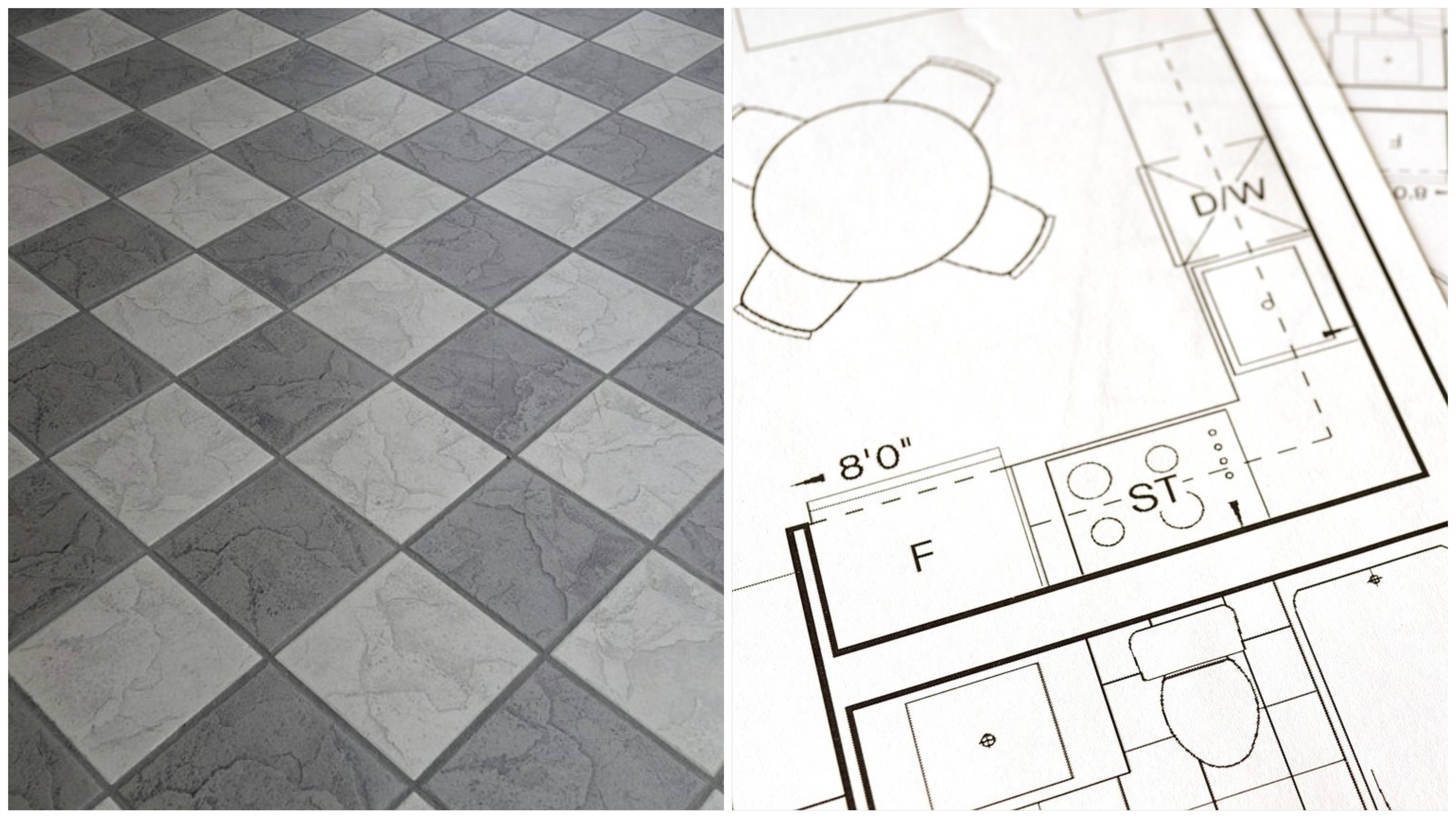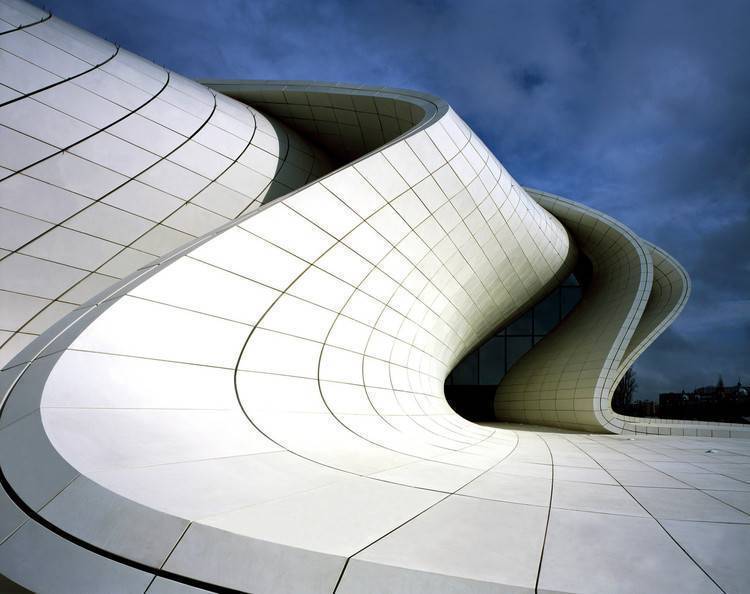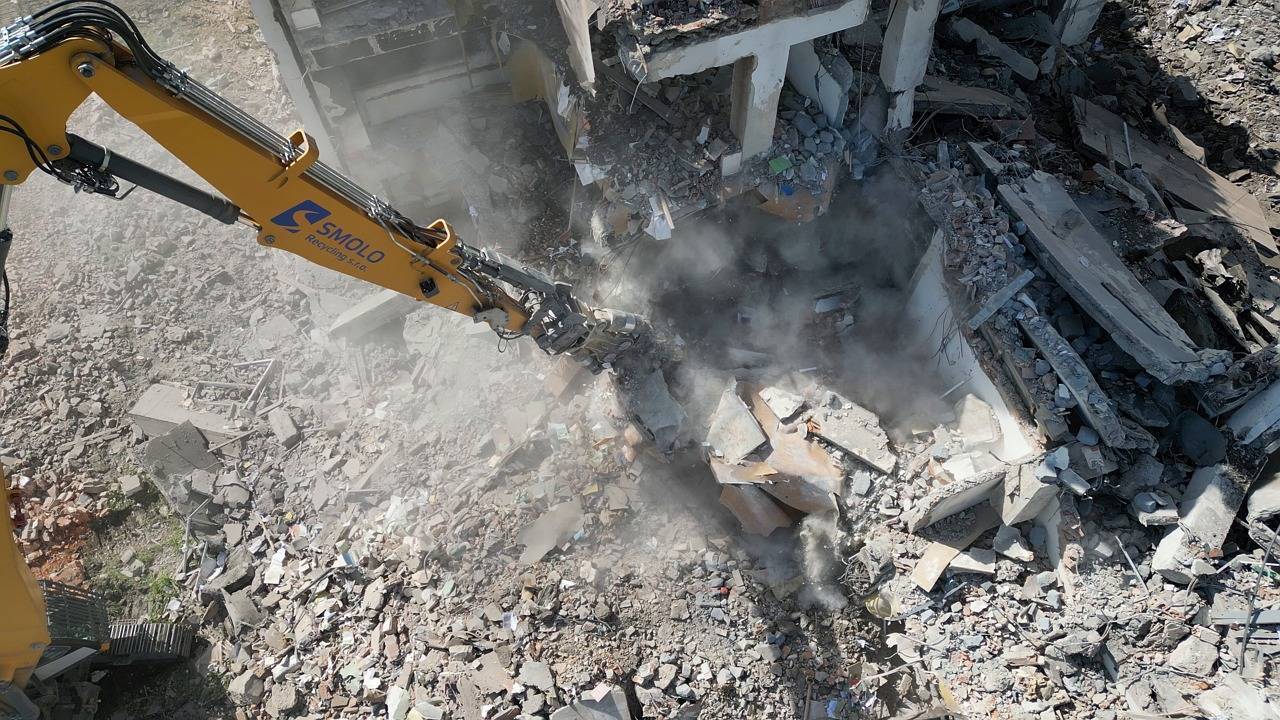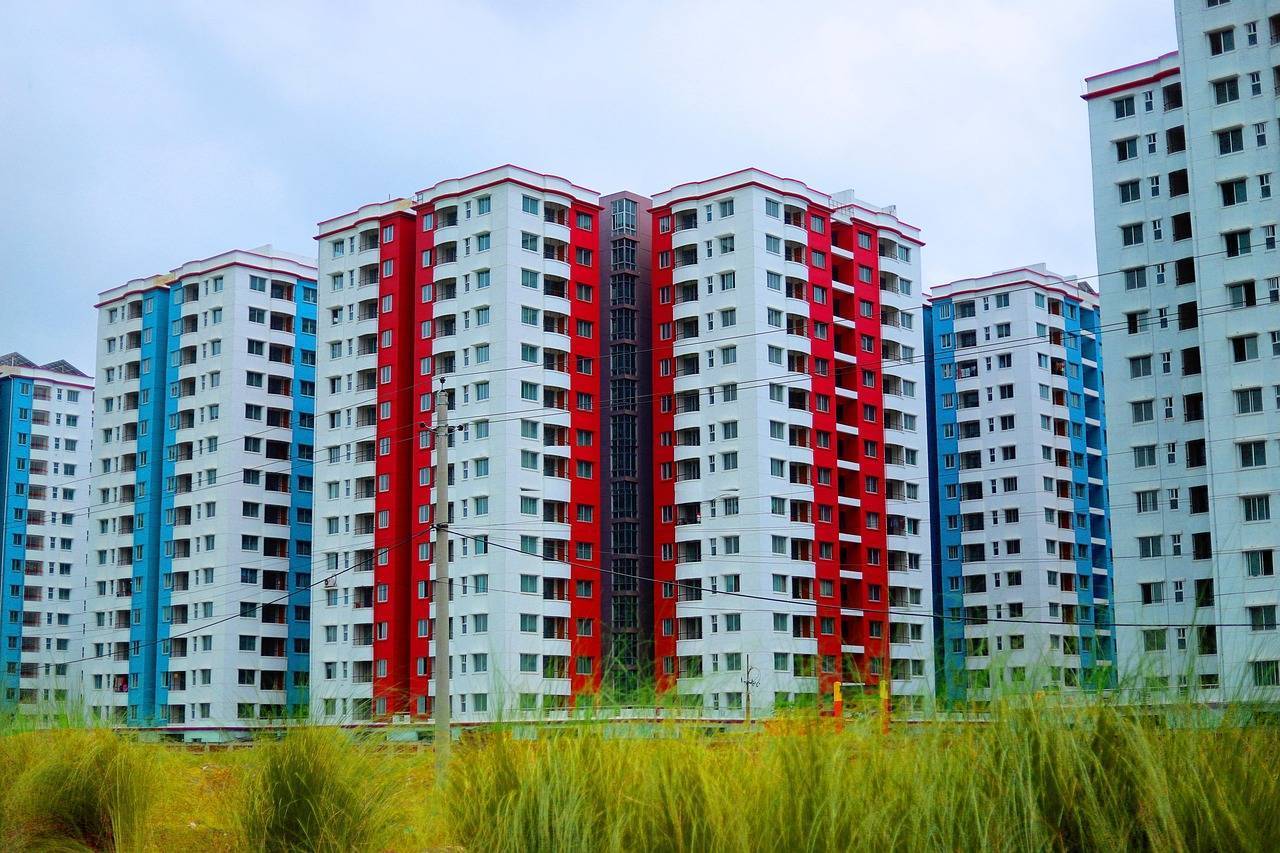The cost of constructing large properties in Haryana is set to rise, as the Department of Town and Country Planning (DTCP) has increased the floor area ratio (FAR) rates by approximately 20%. This is the first rate hike since 2016 and comes as a response to the growing demand for land in rapidly urbanizing cities such as Gurugram The higher FAR rates are expected to impact construction costs significantly, particularly for larger plots, and could lead to an overall rise in property prices in the region.
Key Changes in FAR Rates
The new directive, issued by DTCP's additional Chief Secretary Arun Kumar Gupta specifies different rates based on plot sizes. For plots measuring between 250 square meters (sqm) and 350sqm, the FAR rate has been increased to ₹4,500 per sqm, marking a 19% jump from the previous ₹3,770. Similarly, plots sized between 350sqm and 450sqm now incur a rate of ₹6,500 per sqm, representing a 21% rise from ₹5,380 earlier.
For plots larger than 500sqm, the rate hike is even more significant. The FAR rate for this category has been raised by 24%, from ₹8,070 per sqm to ₹10,000 per sqm. In contrast, there are no changes in FAR rates for smaller plots, specifically those below 250sqm, while plots up to 75sqm do not have the option to purchase additional FAR.
Impact on Developers and Property Buyers
This steep increase in FAR rates has created concerns among developers and homebuyers alike. The immediate impact will be felt in construction costs, especially for large-scale projects. With developers facing higher costs for purchasing FAR, the financial burden is expected to be passed on to homebuyers, potentially leading to higher property prices in already expensive cities like Gurugram
Developers may have to revisit their project budgets, making adjustments that could either reduce the scale of construction or shift demand towards smaller plots, where FAR rates have remained unchanged. This could lead to a change in the overall landscape of real estate development in cities like Gurgaon, where demand for larger plots has historically been strong.
For homebuyers, the increase in FAR rates adds to the existing affordability challenges in a city already recognized for its high property prices. Many residents are concerned that this hike will make it even more difficult to afford homes, particularly in expensive areas like Gurugram.
Rationale of Municipal Development and City Planning Department
The DTCP's rationale behind the hike is largely focused on urban development and improving municipal infrastructure. Revenue generated from the increased FAR rates will be directed towards local municipal corporations, where it will be used to fund development projects aimed at better city planning and enhancing the quality of life for residents.
A DTCP official elaborated on this, stating that the revenue will allow the municipal corporations to invest in critical infrastructure projects. This could include improvements in roads, drainage systems, public amenities, and other essential services. The goal is to ensure that as cities like Gurgaon continue to grow in population density, the necessary infrastructure is in place to support this expansion.
However, the balancing act between generating revenue for urban development and maintaining affordable housing options remains a challenge. As developers adjust to higher costs, the overall real estate market may become more selective, with fewer large-scale projects being undertaken. This could lead to a temporary slowdown in the market, though the long-term outlook will depend on how well the increased revenues translate into tangible municipal improvements.
Administrative Adjustments
The DTCP’s changes have been communicated to several key government bodies, including the Haryana Shahari Vikas Pradhikaran (HSVP), Town Planning Departments, Urban Local Bodies (ULB) department, and the Haryana State Industrial and Infrastructure Development Corporation (HSIIDC). These agencies have been instructed to update their processes in line with the revised FAR pricing structure.
The future impact of these changes will largely depend on how developers and homebuyers react to the increased costs. While the intent behind the hike is to support urban development, its success will hinge on how well the increased revenues are used to improve infrastructure, and how effectively developers can manage the higher costs without severely impacting housing affordability.
Conclusion
Haryana’s decision to increase FAR rates is a move aimed at balancing urban development with the challenges posed by rapid population growth. While the higher rates are expected to boost municipal revenue and infrastructure development, they also introduce significant challenges for the real estate sector. Developers and homebuyers will need to adapt to these new realities, with the full effects of the hike becoming clearer in the months to come.









